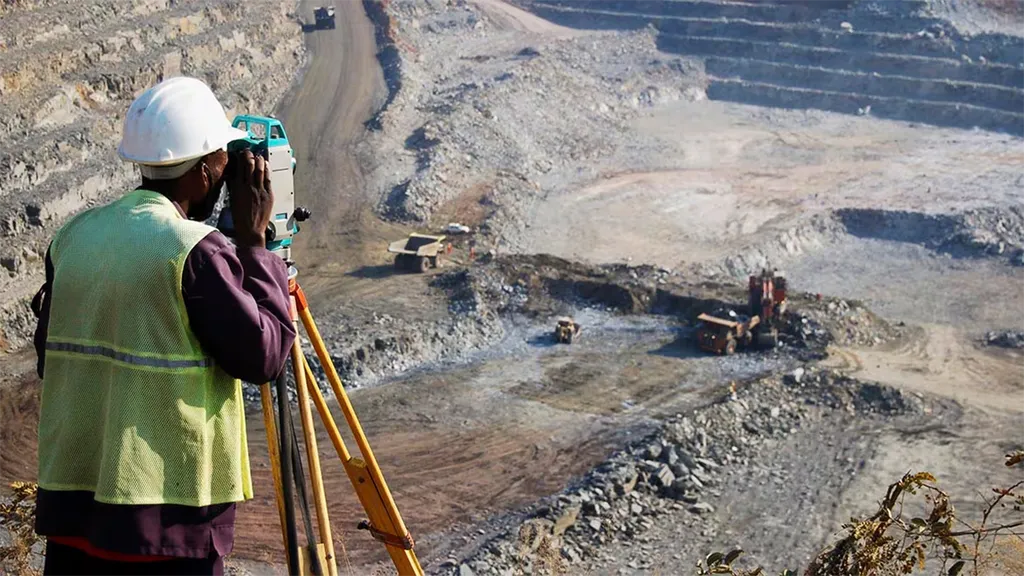In the ever-evolving landscape of geotechnical engineering, a groundbreaking review published in the journal *Engineering Reports* (translated from Russian as “Engineering Reports”) is set to revolutionize how we approach subsurface characterization. Led by Aliya Aldungarova of the International Education Corporation, LLP in Almaty, Kazakhstan, the research delves into the advancements of Intermediate Soil Properties (ISP) interpolation, offering a promising solution to the long-standing challenges of sparse data coverage and limited spatial resolution in geotechnical surveys.
Traditionally, geotechnical surveys have relied on physical soil sampling, a method that often results in incomplete data due to its limited scope. This gap in information can lead to inaccurate subsurface models, posing significant risks to construction planning and safety. Aldungarova’s review highlights the potential of ISP interpolation, which integrates geoprocessing tools with Multidimensional Raster Data (MRD), to overcome these limitations. “By enabling high-resolution, three-dimensional modeling of soil property gradients, ISP interpolation enhances the fidelity of subsurface models, supporting more accurate risk assessments and improving the safety and efficiency of construction planning,” Aldungarova explains.
The implications of this research are particularly significant for the energy sector. Accurate subsurface characterization is crucial for the exploration and extraction of energy resources, as well as for the planning and construction of energy infrastructure. ISP interpolation offers a more cost-effective and scalable alternative to traditional methods, reducing the dependency on dense physical sampling. This not only saves time and resources but also enhances the safety and efficiency of energy projects.
The review also compares the performance of traditional, hybrid, and machine learning-based interpolation methods, providing valuable insights into method selection based on data quality and project scale. “Each method has its strengths and weaknesses, and the choice depends on the specific requirements of the project,” Aldungarova notes. “However, the integration of machine learning techniques shows great promise in improving the accuracy and efficiency of ISP interpolation.”
Despite these advancements, the review acknowledges current limitations, including data sparsity and validation bias. Aldungarova emphasizes the need for future integration with real-time monitoring and remote sensing technologies to address these challenges. “The future of geotechnical surveys lies in the integration of multiple technologies,” she says. “By combining ISP interpolation with real-time monitoring and remote sensing, we can achieve even more accurate and comprehensive subsurface characterization.”
As the energy sector continues to evolve, the need for accurate and efficient geotechnical surveys becomes increasingly important. Aldungarova’s research offers a promising solution to this challenge, paving the way for safer, more efficient, and more cost-effective energy projects. With the integration of ISP interpolation and other advanced technologies, the future of geotechnical engineering looks brighter than ever.

